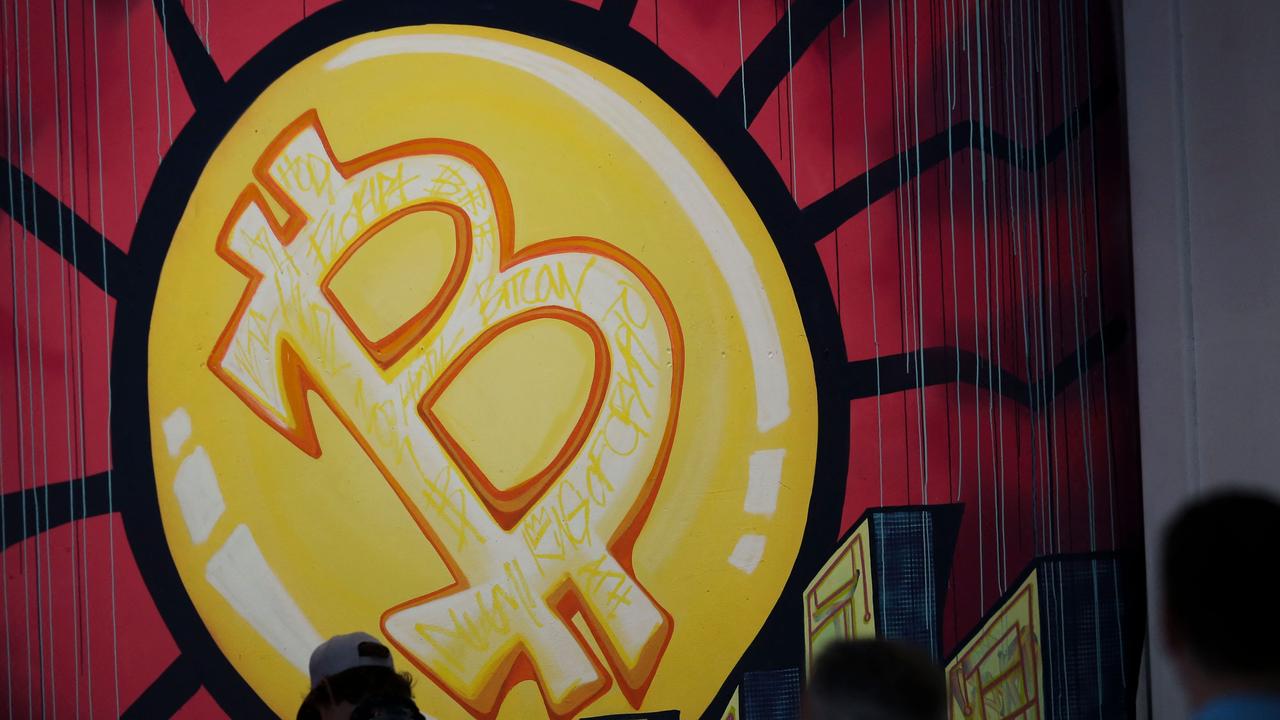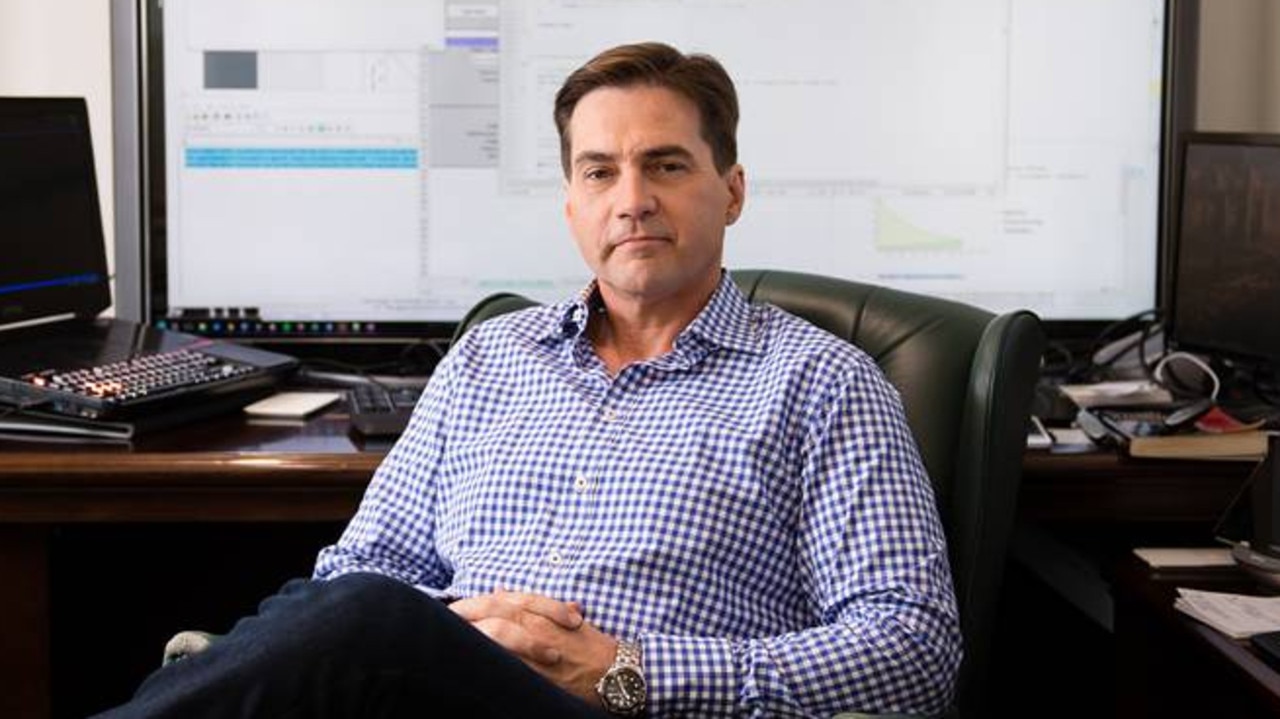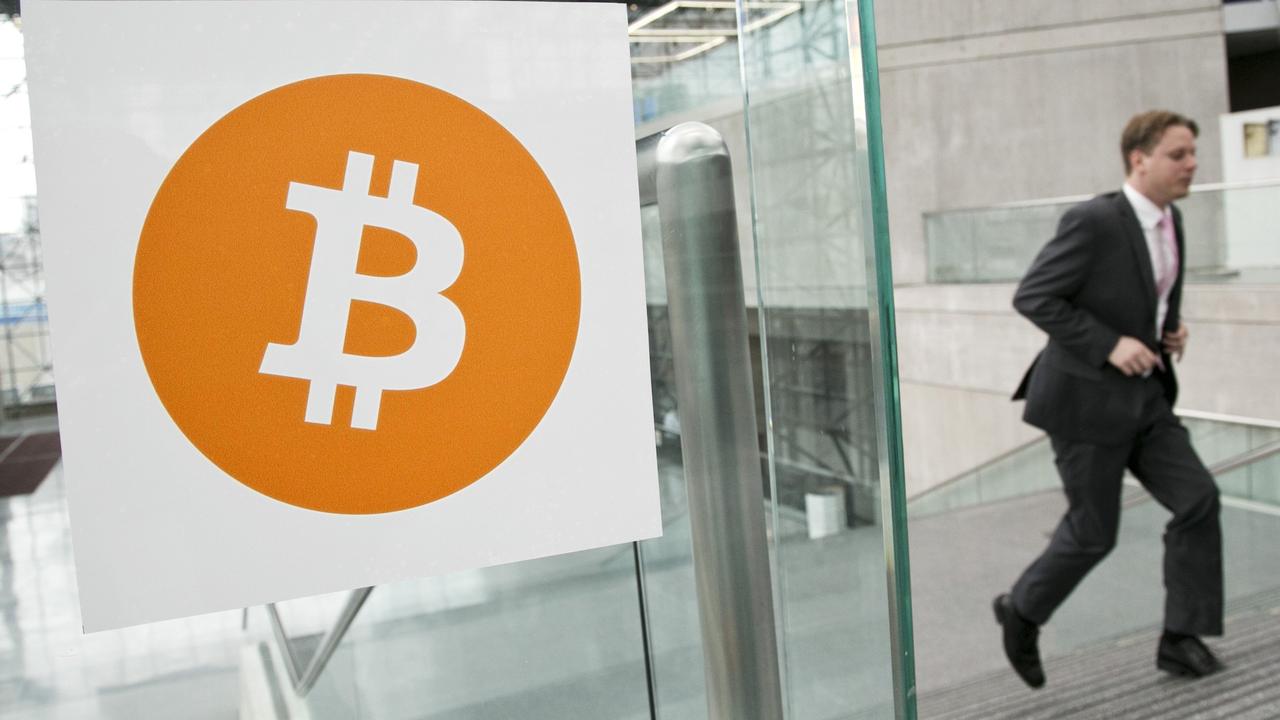Aussies tend to make a huge mistake about Elon Musk when it comes to bitcoin
He’s dominated headlines for years now – but it turns out Aussies are a bit confused when it comes to billionaire Elon Musk and bitcoin.
More than half of Aussies believe Elon Musk created bitcoin, according to a survey from comparison website Finder.
Yet, the billionaire electric car marker had nothing to do with it. Bitcoin was actually spearheaded by an anonymous developer under the alias Satoshi Nakamoto.
He believed money shouldn’t be controlled by a centralised government or bank, and so set out to develop a decentralised digital currency.
RELATED: Bitcoin on the rise after Elon Musk throws his weight behind it

Who is Satoshi Nakamoto?
His identity has been the subject of widespread speculation since 2008 when the mysterious figure published the “white paper” that outlined bitcoin’s revolutionary technology.
The now iconic white paper, which was published on P2P Foundation, said the elusive Nakamoto lived in Japan and was born in 1975.
In March 2014, the world’s media thought they had found him, claiming he was a computer engineer living in Temple City in Los Angeles County.
The Japanese-American man, named Dorian Satoshi Nakamoto, quickly found himself at the centre of a media frenzy as photographers and journalists camped out on his front lawn, but he denied he was the bitcoin creator.
A raft of other potential candidates have been accused of being behind bitcoin.
The list includes Irish cryptography student Michael Clear, Finnish game developer Vili Lehdonvirta, and even a trio of developers identified by US business magazine Fast Company.
For now, Satoshi Nakamoto remains firmly a mysterious figure.
There’s even an Aussie connection with Sydney man Craig Wright claiming to be the person everyone has been looking for, which was later debunked.
RELATED: Bitcoin’s awful week as cryptocurrency prices continue to fall

Why did he create bitcoin?
He saw issues with central banking and money printing, but also deemed its creation a scientific breakthrough.
“Banks must be trusted to hold our money and transfer it electronically, but they lend it out in waves of credit bubbles with barely a fraction in reserve,” he wrote.
It’s claimed that he wrote the official code, but it was then tested by others, reported Forbes.
When was he last heard from?
According to Forbes, Mr Nakamoto sent his last email in April 2011 to fellow developers where he stated that he had “moved on to other projects” and handed over a cryptographic key he had used to send network-wide alerts.
Then he just disappeared after removing his name from the copyright claim for bitcoin.
Other bitcoin beliefs
That’s not the only misconception Aussies have when it comes to the cryptocurrency.
More than two in five wrongly think the supply of bitcoin is unlimited, the Finder survey revealed. But because of the way its code is designed, bitcoin is limited to a maximum supply of 21 million coins.

Currently, there are around 18.6 million bitcoins in circulation. While it might seem like we’re nearing the end of bitcoin’s supply, because the number of bitcoins in a block halves every four years or so, experts estimate the crypto will continue to be mined well into the 2100s.
The survey found that 25 per cent either own or plan to own cryptocurrency by the end of the year, yet one in five people don’t know how to buy it.
There were also 39 per cent of people that think less than 100 cryptocurrencies exist. But there are more than 4000 cryptocurrencies in circulation, and the number is growing.
Apart from bitcoin, some of the most popular cryptocurrencies include litecoin, ethereum and ripple.
Most recently, dogecoin surged in popularity as the first meme-based cryptocurrency.




